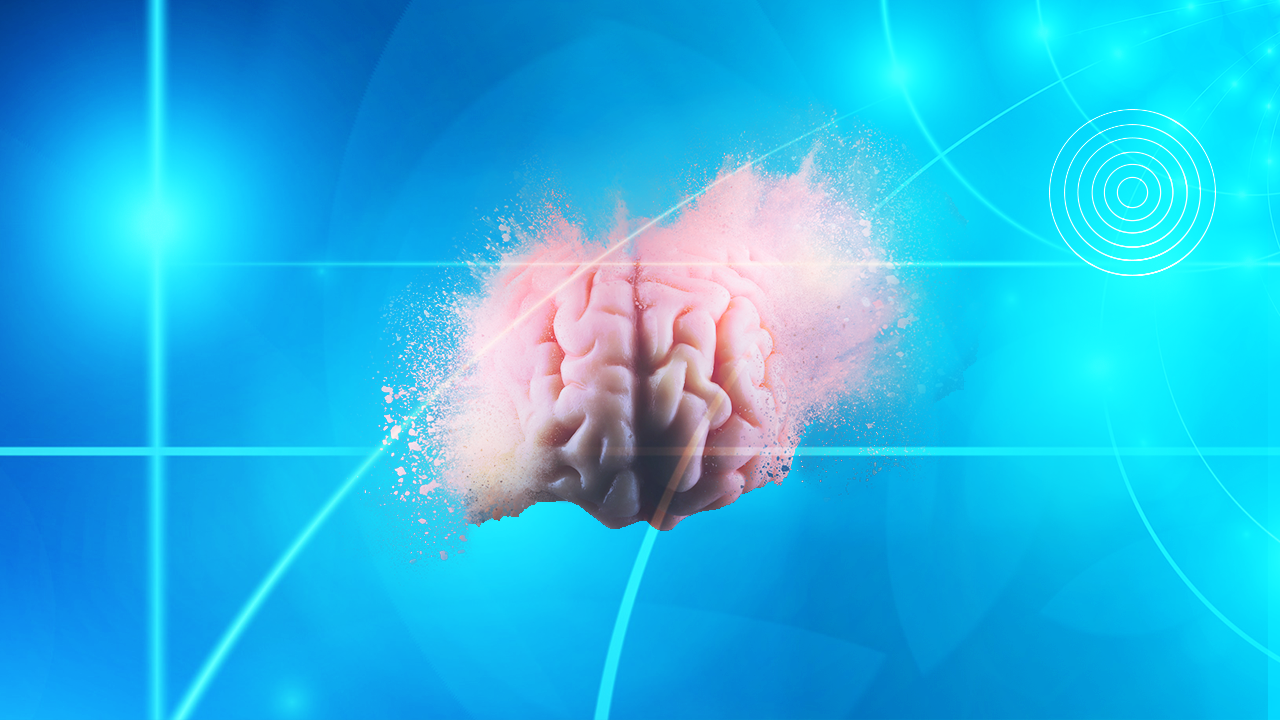NeuEra - The Postural Neurology
NeuEra - The Postural Neurology
Couldn't load pickup availability

NeuEra - The Postural Neurology
This training includes the theory behind posturology, neuromechanics of posture, mobility and posture tests, dental classes related to posture, rockers, balance tests (such as Romberg, Fukuda, unipodal, etc.), the relationship between systems, etc.
This course includes various theories from European posturology, American functional neurology, as well as new links highlighted by Nicolas Desjardins. You will learn how to reproduce the methods with quality, in addition to having the documentation explaining the scientific foundations that justify the use of these protocols and their impact on the body. These protocols will be easily integrated into your practice and will distinguish you from your competitors, right from the end of your training, worth 24 hours of content.
The fields of application are vast, such as injury prevention, rehabilitation, physical preparation, performance, healing support, etc.
Target audience: Massage therapist, physiotherapist, osteopath, chiropractor, ENT specialist, occupational therapist, trainer, physiotherapist, posturologist, podiatrist, physical rehabilitation therapist, sports therapist, etc.)
What will you learn?
- The History of Posturology (its pioneers and where it came from)
- The Origins of Posture (its role, evolution and definition)
- Introduction to Postural Neurology (the sensors that allow the fight against gravity, the effectors, the postural mechanisms, the phases of postural evolution of the baby, the classic approach in posturology, the benefits of a good posture, the disadvantages of poor, postural reality , voluntary movement and postural tone, verticality strategy, postural maturation and postural adjustment)
- The Brain Above All - Bonus in Classical Neurology (brain development, emotional cerebellum, origins of the nervous system, cabling of the brain, formation and strengthening of synapses, glial cells and myelination, neuroplasticity, somatic nervous, upward sensory pathways)
- The Neuro-Muscular System (muscle spindles and Golgi tendon organs, as well as the simple stretch reflex)
- The Neurology Behind Posture, Part 1 (gravity, static and dynamic postural programs, functional neuroanatomy of motor skills, API postural quadrants, weight of the head and its position, sensory pathways to the cerebellum, dorsal and ventral spinocerebellar pathway, as well as the cuneocerebellar pathway)
- Skin and Posture (exteroceptors, proprioceptors, interoceptors, different types of skin receptors, the anterolateral system, pain and body temperature pathways, tactile sensation and proprioception, discriminating touch, neuroplasticity and nociception)
- The Feet and Posture (the anatomy of the foot in brief, the movements of the foot and the ankle, the positioning of the lower limbs, the valgus, varus, hollow, flat and disharmonic feet, the valgum and varum knees, the history of plantar orthopedics, the sole and its innervation, the sole and the control of human balance, the involvement of reflex control of the ankle, postural regulation and the foot muscles)
- The Inner Ear and Posture (the postural ear and colleagues, vestibular galvanic stimulation, sensory reweighting and sensory summons)
- Eyes and Posture (eye anatomy, optic nerve targets, different visual cortices, oculomotor muscles, visual sensors, visual system and posture, retino-geniculo-striated pathway, extra-striated visual cortex, focal and ambient vision, optokinetic stimulation, postural response, control of posture and eye movements of vergence, vection phenomenon and stimulation parameters)
- Dental Classes and Posture (dental occlusion, the odontognatic complex and posture, pain and dysfunction of the manducator apparatus, cervico-cephalic posture and overall posture, the neurophysiological and biomechanical bases of interactions between the odonto-gnatic complex and posture, in addition to a discussion of causality or adaptivity)
- The Neurology Behind Posture, Part 2 (motor control, extrapyramidal motor system and pyramidal system, reflexes and balance, peripheral and central nervous system, grid cells and their interaction with locus cells of the hippocampus, neurology and posture during ambulation, oculomotor, proprioceptive and postural deficiency syndrome, the general pattern and basic structures for postural control and gait reflex, the role of the mesencephalic zone in posture and locomotion, postural analysis of a functional lesion of the cerebellum, inner ear or ponto-medullary reticular formation, cerebellar syndrome, as well as the abridged theory of the ponto-medullary reticular formation and its 4 main functions)
- Static Postural Tests (the use of the plumb line, the anterior, neutral and posterior scapular plane, the frontal plane and static frontal disorders, the measurement of the frontal scapulum, the pelvic girdle, the transverse scapulum, ilium, the notion of postural ipsilateral and contralaterality, as well as the brachial plexus compression test)
- Dynamic Postural Tests (measuring cervical rotations, evaluating trunk rotation and spatial localization disorder with the hand-pencil test)
- The Balance Tests (the activation test of the quadrate of the loins and gluteus medius, the unipodal stability test, the Romberg and modified Romberg tests, in addition to their theory, the Fukuda trample test and its reliability, the antero-posterior balance versus resistance test, as well as the functional range test)
- Mobility Tests (the asymmetry test of the neck extension in the sagittal plane, antepulsion, abduction, internal and external rotation of the shoulder, in addition to the mobility of the posterior chain)
Instructor
Nicolas Desjardins, BHS, CPN Bachelor in Holistic Health Sciences
Bachelor in Holistic Health Sciences
Expert in Postural Neurology and Neurotherapy
Ph.D. student in integrative medicine
President, Academia NeuEra inc
President, Clinic and Neuro Performance Institute
President, Neuro Performance Institute Switzerland SNC
Vice President, Quantum Jump Technologies
Has more than 8000 hours of study in the field of health, therapy, sports and alternative medicine.
(See his full biography)


